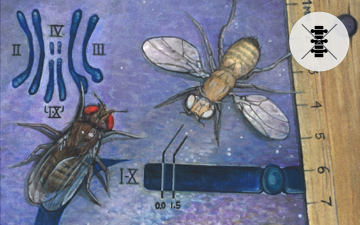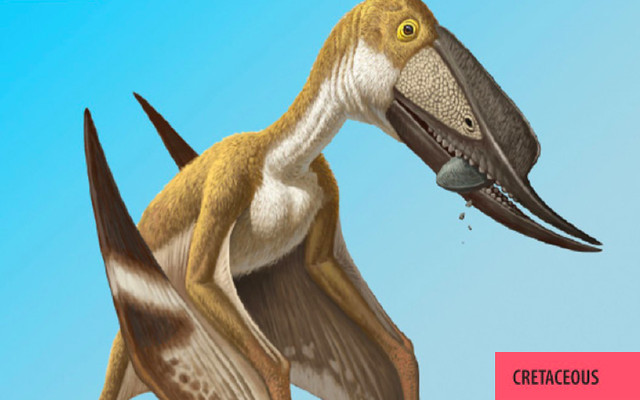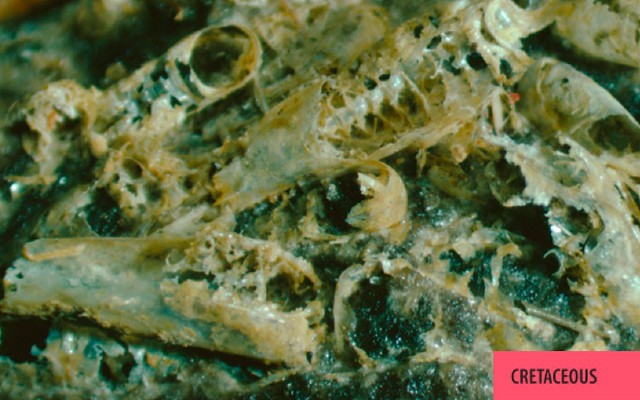Animalia

Fruit Fly
Drosophila melanogaster


3 POINTS
Play: This fly has a FLIGHT of 2.
This tiny fly has been a favourite model organism among geneticists for over 100 years, due to it’s short life cycle, prolific reproduction, the ease of mutation, and the ease of identifying inherited traits.

Anhanguera blittersdorffi
Anhanguera blittersdorffi


EXTINCT | 5 POINTS
Play: FLIGHT of 2.
Anhanguera means “Old Devil.” The bumps on the tip of its bill may have helped stabilize its head when snatching fish as they leapt out of the water!

Scaphognathus
Scaphognathus


EXTINCT | 4 POINTS
Play: FLIGHT of 1.
Scaphognathus means “fat snout” in Latin. It has been found in Germany and may have had a good sense of sight.

Dsungaripterus weii
Dsungaripterus weii


EXTINCT | 5 POINTS
Play: FLIGHT of 2.
Dsungaripterus was first found in China in the Junggar Basin. Its jaw was designed to catch and eat fish, but rather to dig up clams along the beach and crush them with its large flat teeth.

Ammonite
Ammonoidea subclass


EXTINCT | 3 POINTS
Play: MOVE of 2.
Despite their large shells that could grow up to 7 feet across, these predatory, squid-like shellfish were capable of swimming.

Paleomattea
Paleomattea deliciosa


EXTINCT | 1 POINT
The name of this shellfish means “ancient delicacy” and is derived from the Latin word deliciosa which means delicious.